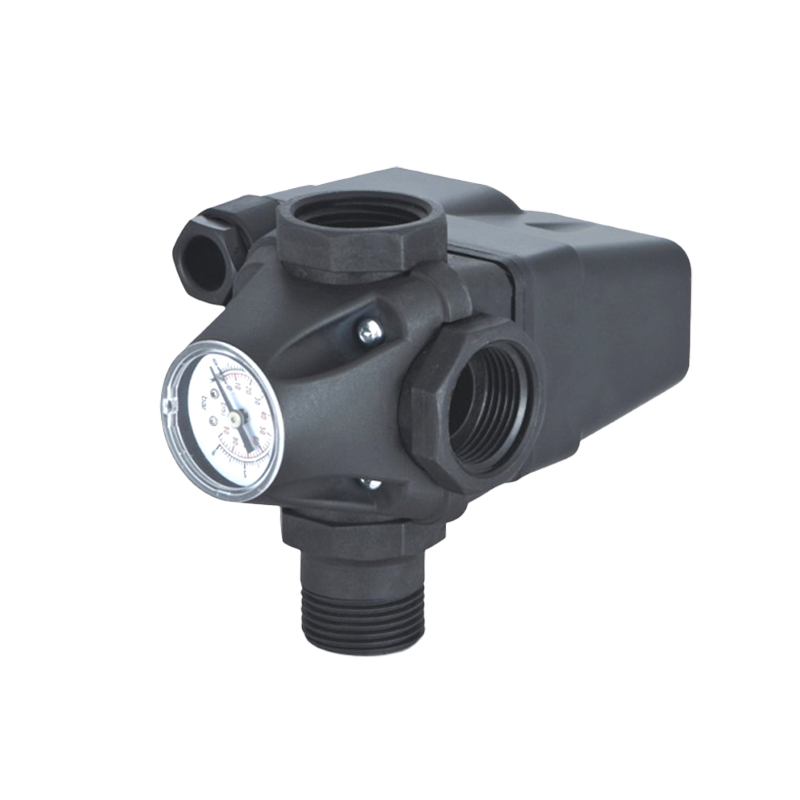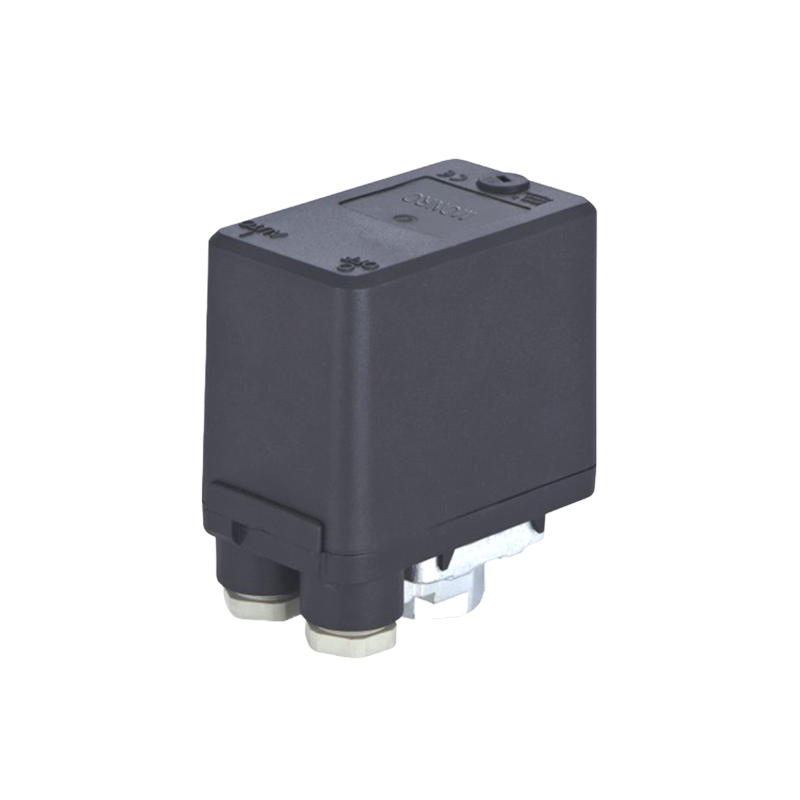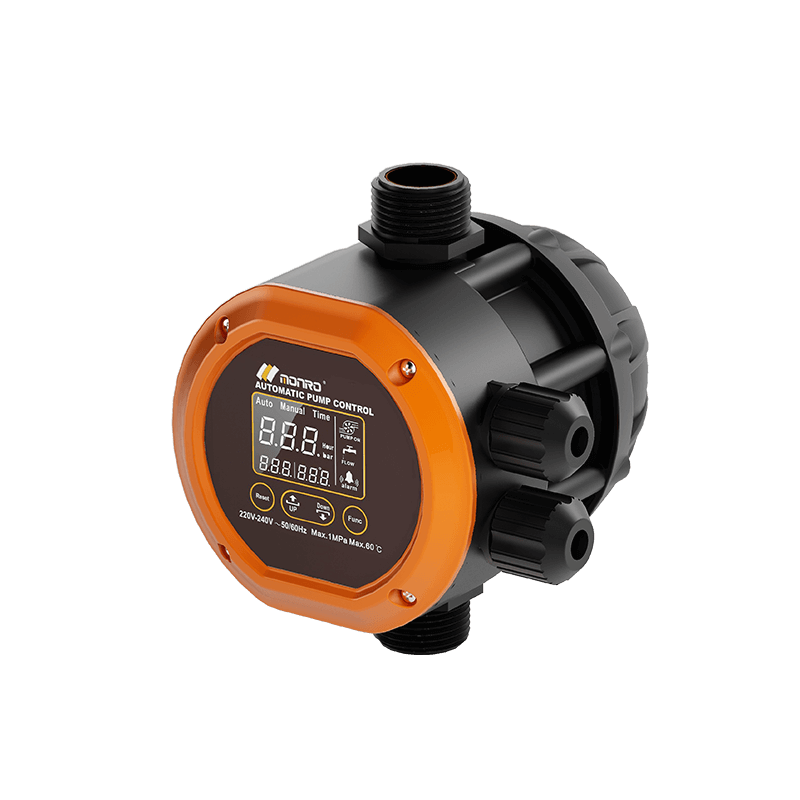Don't hesitate to send a message
Web Menu
Product Search
Exit Menu
The Essential Role Of Float Switches And Water Level Switches In Industrial And Domestic Applications
Wholesale High Quality Water Level Float Switch Exporter For Sale
Float Switches and Water Level Switches are critical components in the monitoring and control of liquid levels across various industries. Float Switches and Water Level Switches devices play a vital role in preventing overflows, ensuring safety, and maintaining the efficiency of systems that rely on the management of fluids. The Float Switch, which operates based on the buoyancy of a floating object, and the Water Level Switch, which detects the presence of water through mechanical or electronic means, are both in their own right.
Float Switches are commonly used in applications where a simple and reliable level detection is required. They are often found in sump pumps, water tanks, and industrial processes where overfilling can lead to costly damage or safety hazards. The basic principle of a Float Switch involves a buoyant element that rises or falls with the level of the liquid, triggering a switch when the desired level is reached. This action can then be used to start or stop a pump, alert an operator, or initiate any number of responses.
Water Level Switches, on the other hand, can be more complex, offering a range of detection methods including mechanical float, electronic sensors, or even ultrasonic technology. These switches are designed to provide accurate and responsive level control in a variety of environments, from residential water systems to large-scale industrial processes. They are particularly important in applications where precise control of water levels is essential, such as in boilers, cooling towers, and irrigation systems.
The use of Float Switches and Water Level Switches is not limited to industrial settings. In the domestic sphere, these switches are equally important for ensuring the safe and efficient operation of water-based systems. A Float Switch in a home's sump pit can prevent basement flooding by activating a pump when water levels rise. Similarly, a Water Level Switch in an aquarium can alert the owner to low water levels, preventing the loss of aquatic life.
In industrial applications, the importance of Float Switches and Water Level Switches is even more pronounced. In the chemical industry, for example, these switches can monitor the levels of various chemicals in storage tanks, ensuring that processes are not disrupted by overfills or underfill. In water treatment plants, they are used to maintain optimal water levels in treatment basins, contributing to the efficient operation of the facility.
Maintenance of Float Switches and Water Level Switches is crucial for their continued performance. Regular checks for wear and tear, calibration of the sensors, and cleaning of any debris that might interfere with their operation are all part of a good maintenance routine. This ensures that when a critical water level is reached, the switch will respond as intended, preventing potential disasters and maintaining the integrity of the system.
Float Switches and Water Level Switches are essential tools in the management of liquid levels. Their applications range from simple home use to complex industrial processes, and their reliability can mean the difference between a smooth operating system and a costly failure. As technology advances, these switches continue to evolve, offering greater accuracy, reliability, and integration with modern control systems.
-
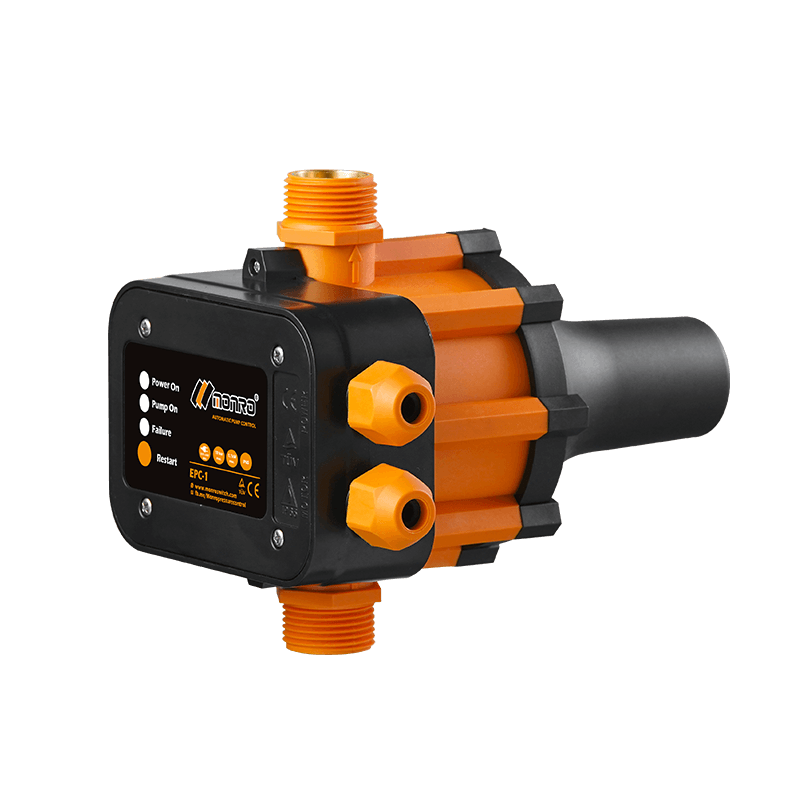 EPC-1
EPC-1Monro EPC-1 model pump controller is the classic and basic type, was loved by user in the global mar...
-
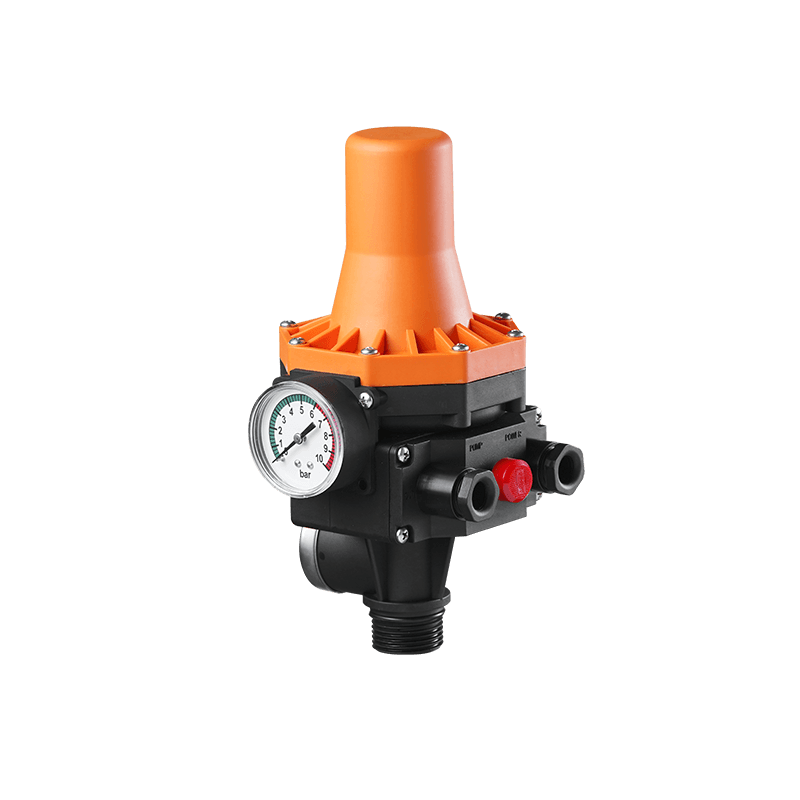 EPC-3
EPC-3Monro EPC-3 spain design auto on and off press control, an intelligent and economical system designe...
-
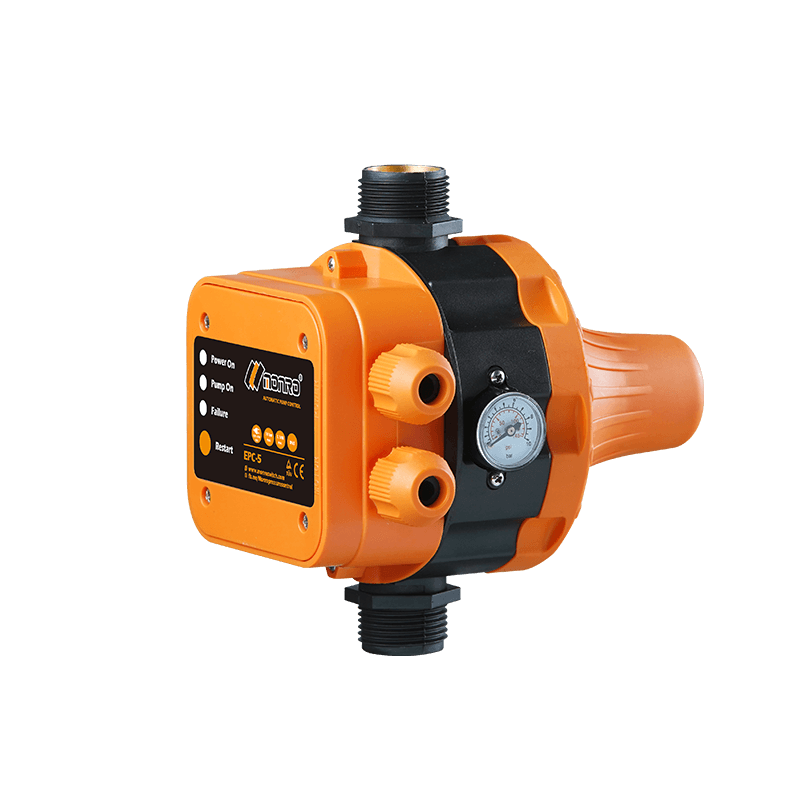 EPC-5
EPC-5Monro EPC-5 model automatic pump control, a device which assembled on the water pump (recommended si...
-
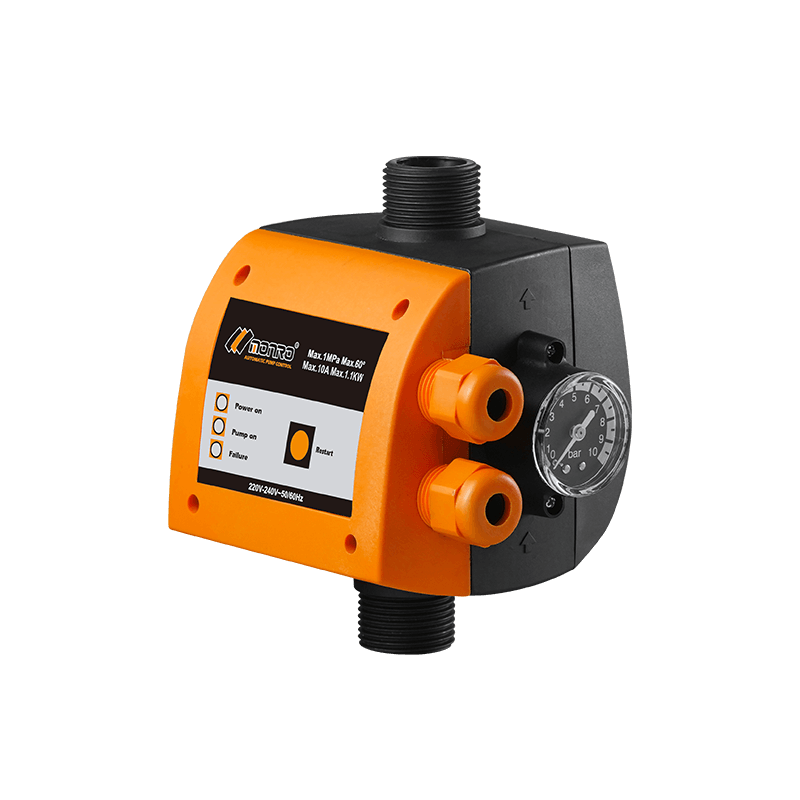 EPC-9
EPC-9Monro EPC-9 model pressure controller, is a big power device for automatic control and protection of...
-
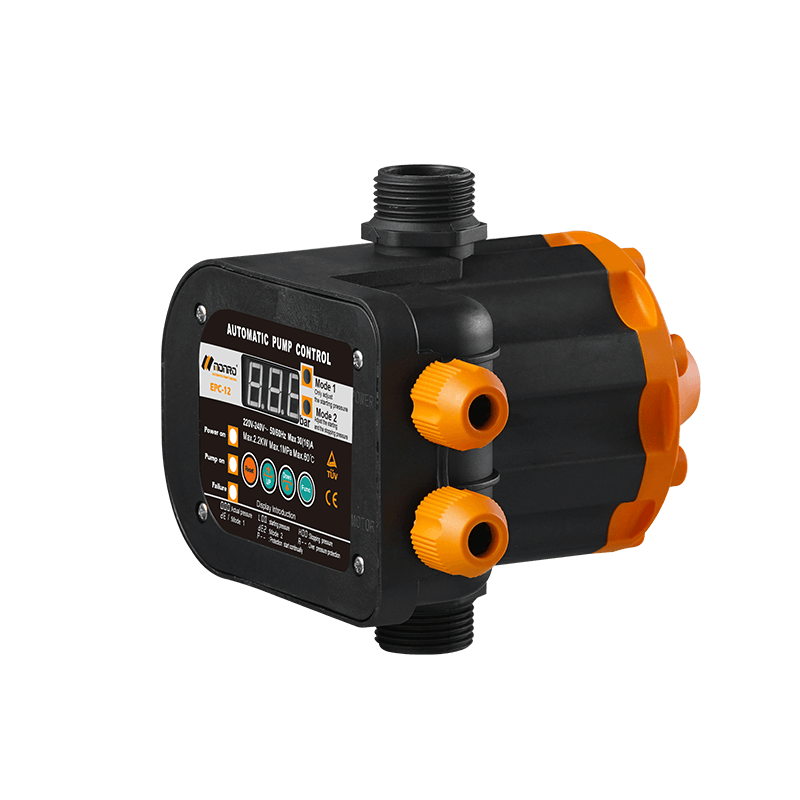 EPC-12
EPC-12Monro EPC-12 smart top-level automatic pump control is a multi-function model combined with traditio...
-
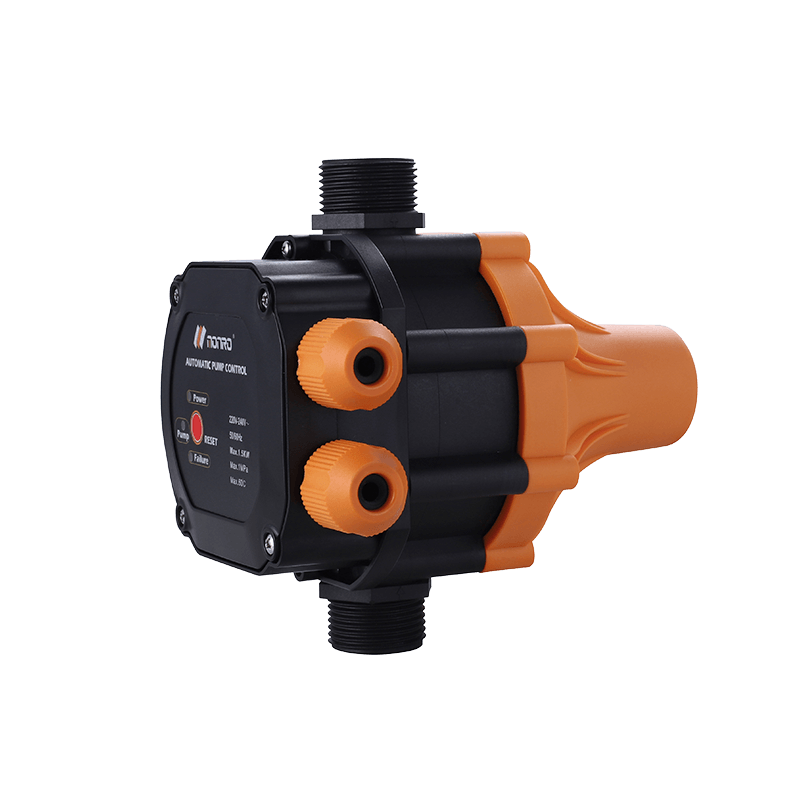 EPC-14
EPC-14Monro EPC-14 model pressure control is a big power device for automatic control and protection of el...
-
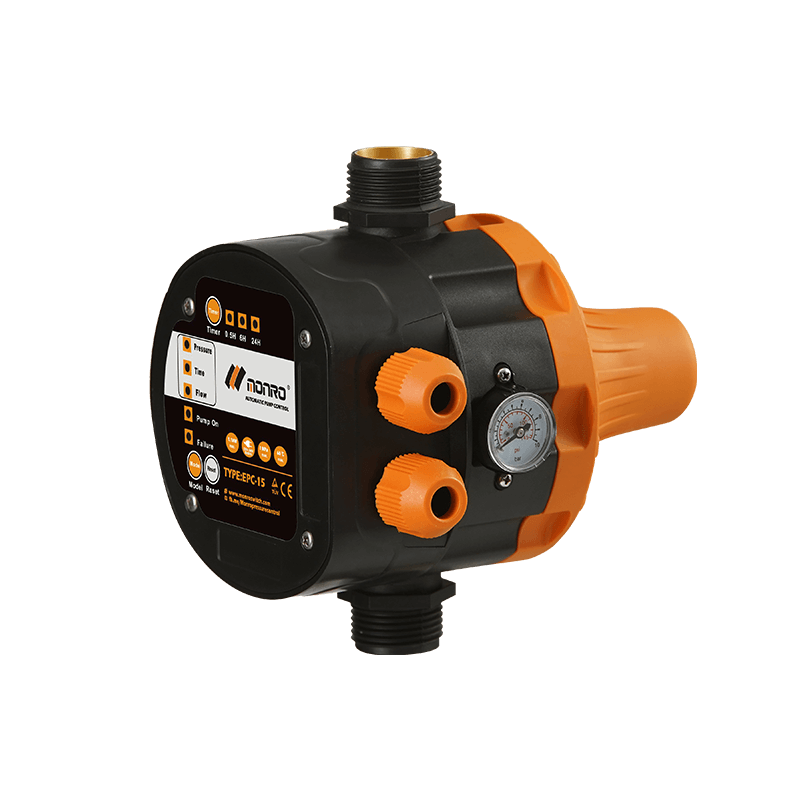 EPC-15
EPC-15Monro EPC-15 model automatic pump control, a device which assembled on the water pump (recommended s...
-
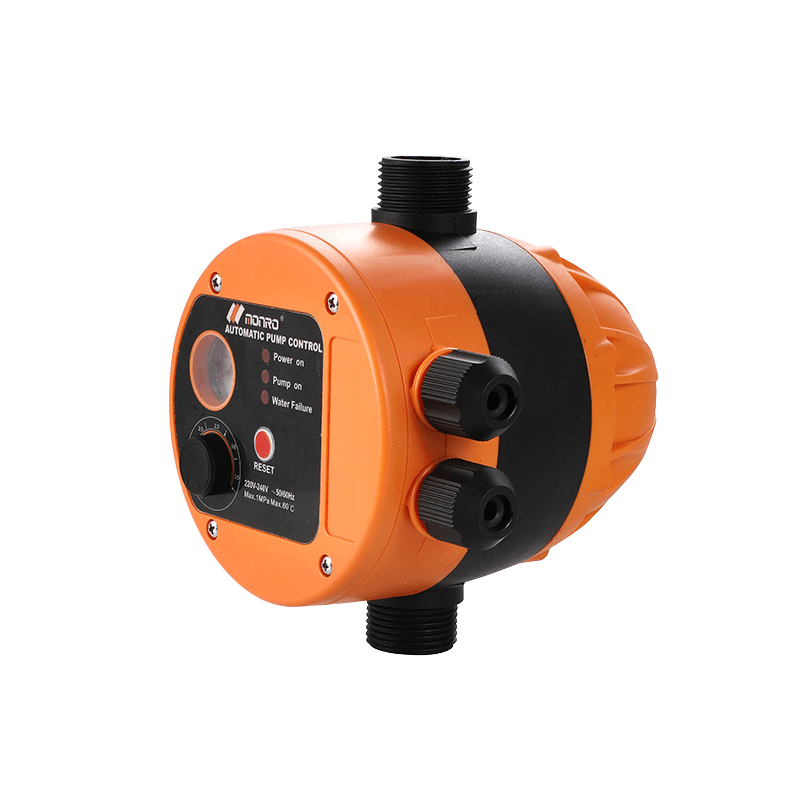 EPC-16
EPC-16EPC-16 is the new patent pump controller by Monro. Its key highlight is tooless (manual knob) start...
find our office
Committed to providing professional pressure control solutions for various types of water pumps and air compressors.

 简体中文
简体中文 English
English Español
Español